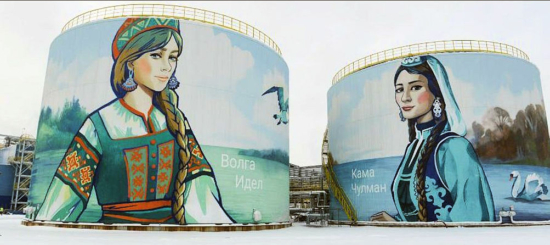Nizhnekamskneftekhim completes halobutyl expansion programme
 Nizhnekamskneftekhim’s HBR capacity has increased by a third (Photo: Website of the head of Tatarstan)
Nizhnekamskneftekhim’s HBR capacity has increased by a third (Photo: Website of the head of Tatarstan)
With the official opening of its GBK-200 facility in Nizhnekamsk, within Russia’s Tatarstan region, Nizhnekamskneftekhim has completed an upgrade of its halobutyl rubber (HBR) production capabilities that increase annual capacity by a third, to 200,000 tonnes. The Sibur Holding subsidiary thus has the world’s largest capacity for halobutyl rubber, and Sibur now accounts for a quarter of global butyl and halobutyl rubber production.
Sibur invested 8 billion roubles (£70 million) to upgrade Nizhnekamskneftekhim’s HBR production, a project that included the construction of six new production units and the modernisation of a further 16. The project is part of an agreement with the Russian Federation’s Ministry of Energy. According to Sibur, Nizhnekamskneftekhim will now be able to meet 100 per cent of halobutyl demand within Russia and also increase its exports of high-margin products to “friendly” countries, such as China, Thailand, Vietnam, and India.
Referring to the project’s completion as a “very significant event,” Republic of Tatarstan head Rustam Minnikhanov recalls that when the Nizhnekamsk plant produced its first butyl rubber 50 years ago, it had a design capacity of 35,000 tonnes per year. “We are now launching new halobutyl rubber capacities as part of a comprehensive upgrade to increase and automate production and meet all the latest environmental standards. The project is worth over RUB 8 bn, an impressive number. Given all the sanctions-related challenges, this is a solid performance. We are keeping a watchful eye on the petrochemical industry, as its growth is key to our economy.”



Comments